Beyond belief: a new Charles Saatchi tome reveals advertising’s dark past
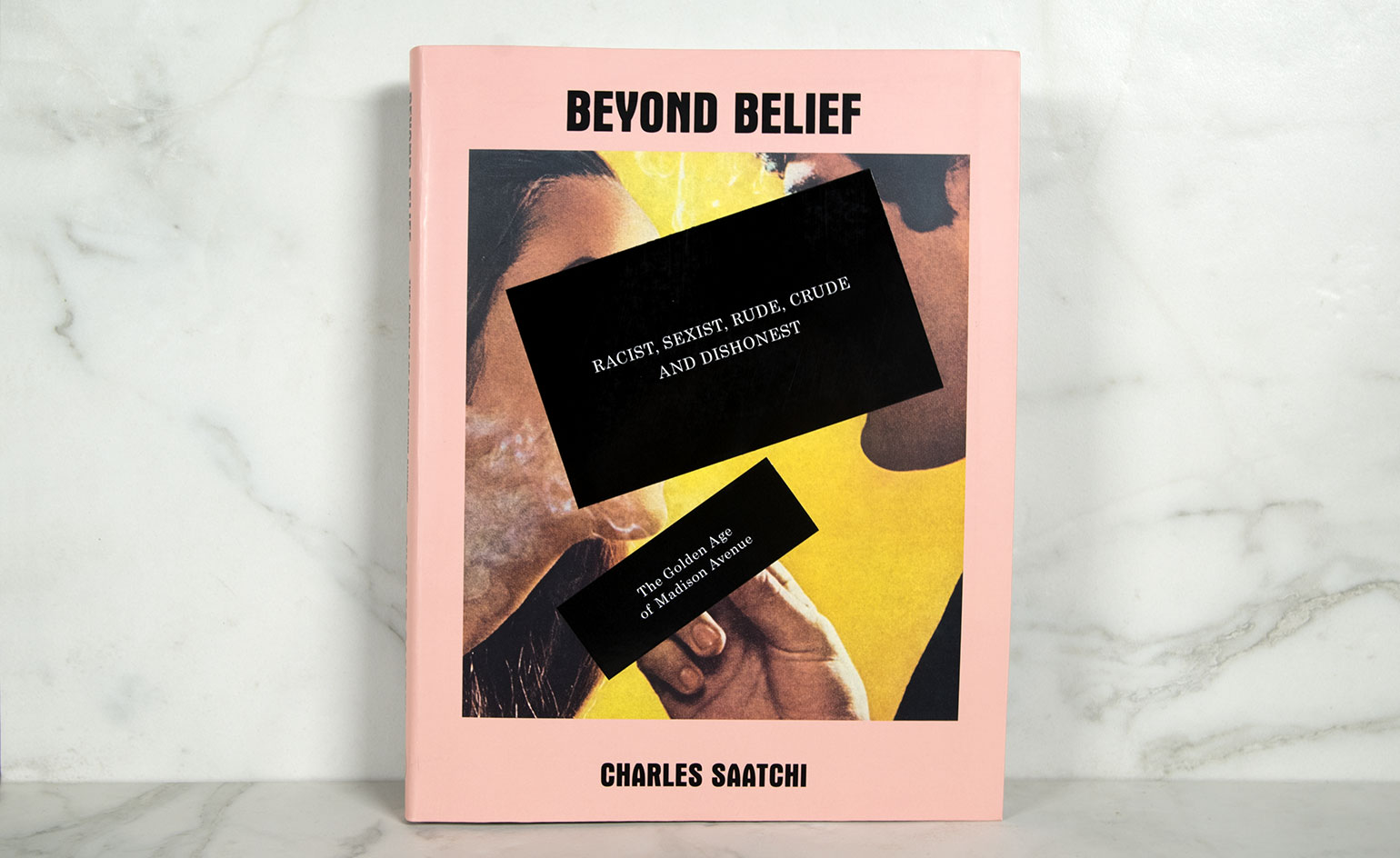
There was a brief spell at the turn of the century when rediscovered retro imagery provided a startling reminder of the sins of the past. A treasure trove of advertising archives surfaced online, bringing a thrilling schadenfreude that allowed us to balk piously at the blatant ignorance, sexism, bigotry and pure wrong-headedness of old school advertising.
In recent years, we’ve had Mad Men weaving a compelling narrative out of this particular mire, and it’s safe to say that the intersection of old-fashioned ignorance and what was then ultra-modern media still holds a morbid fascination. Charles Saatchi’s latest compendium pulls together the best of the worst, complete with typically pithy dismissals.
What's saddest of all – as a glimpse at the trending social media of the day regularly reveals – is that such attitudes are not as safely confined to history as we might like, meaning that Beyond Belief fails to make you feel better about yourself.
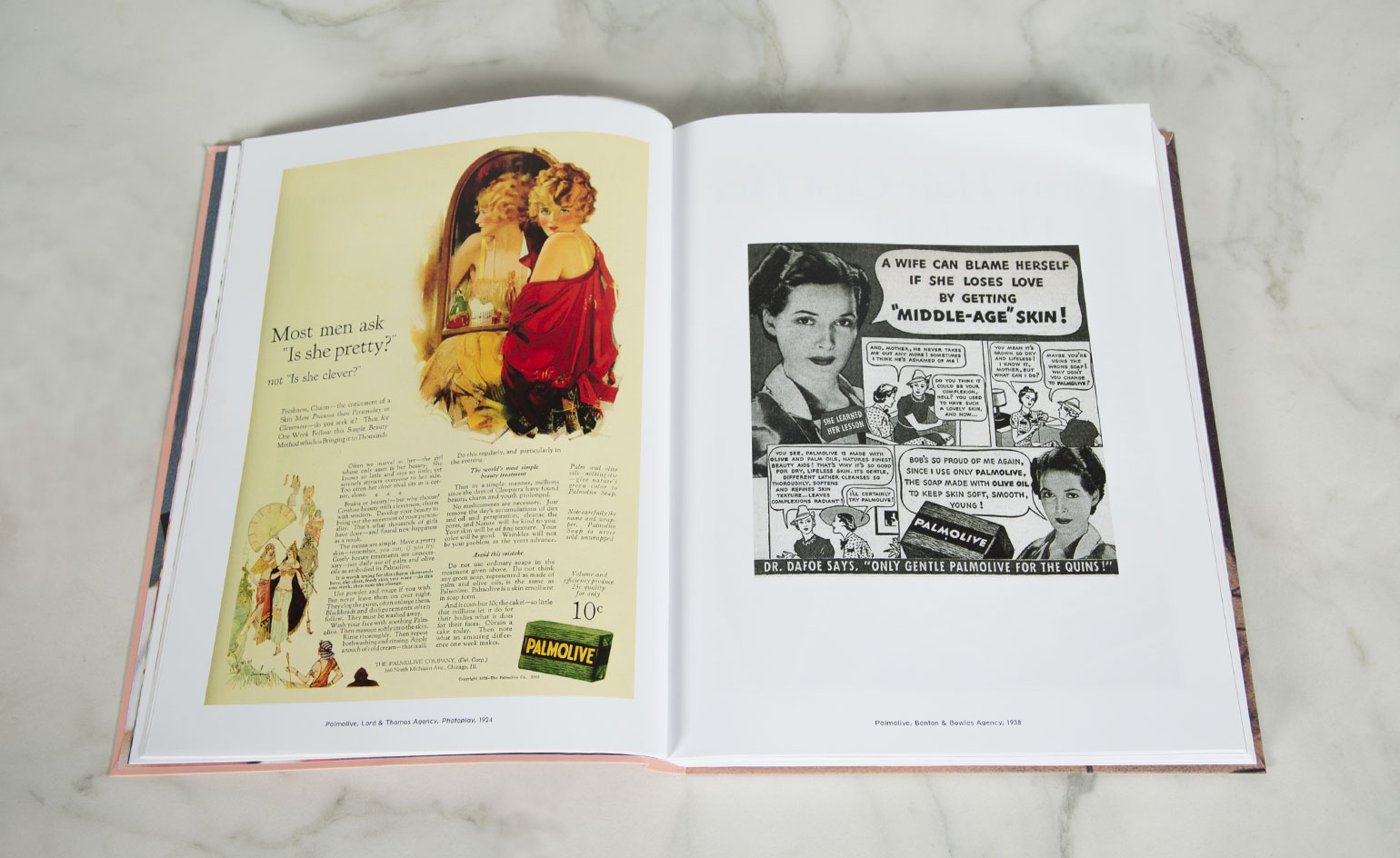
The first chapter, entitled 'Keep her where she belongs...', covers the brutally sexist adverts created in the middle of the 20th century
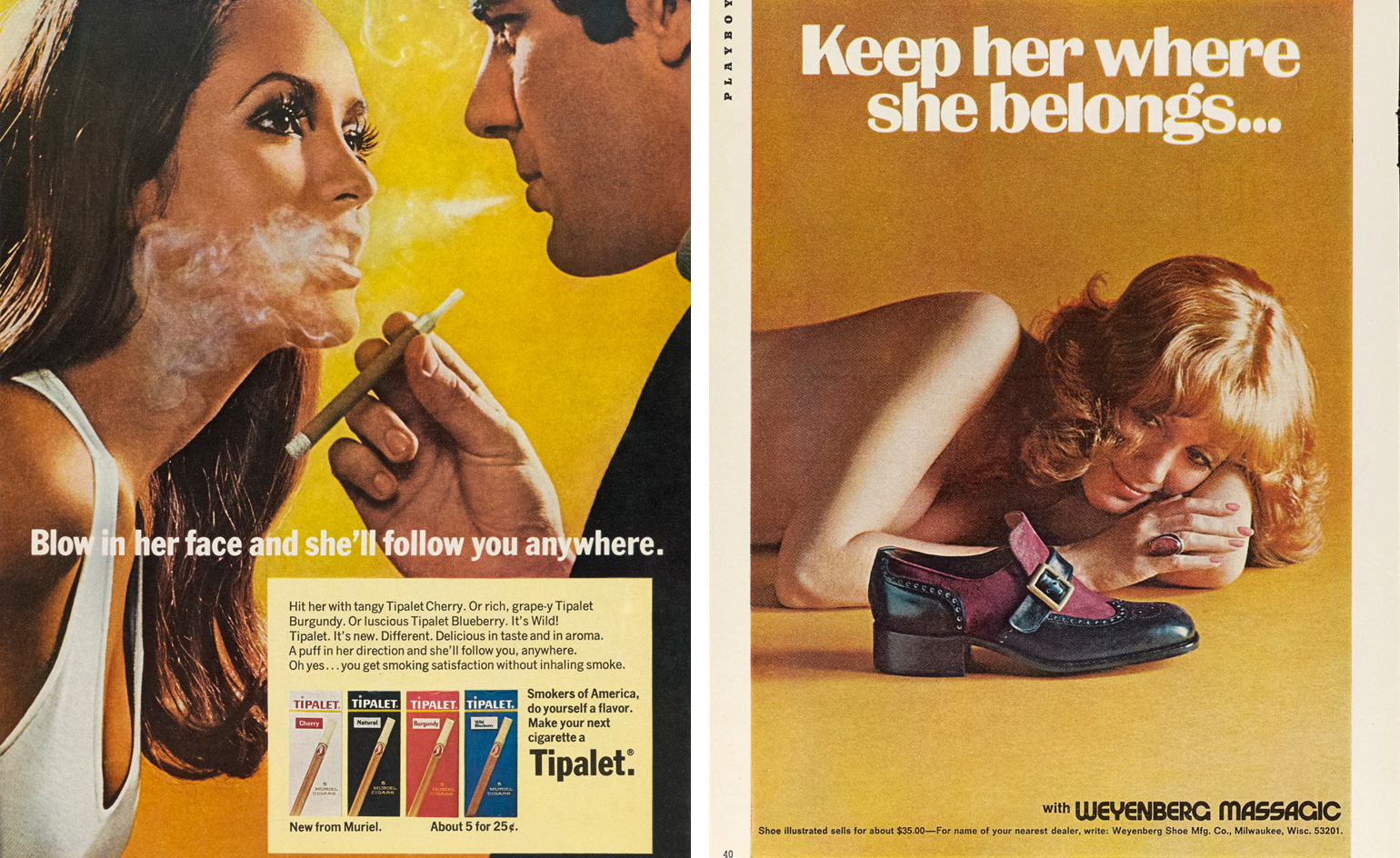
Unpleasant marketing techniques often portrayed women as weak or inferior. Pictured left: Tipalet, Young & Rubicam Agency, in Playboy, 1970. Right: Weyenberg Massagic shoes, in Playboy, 1972
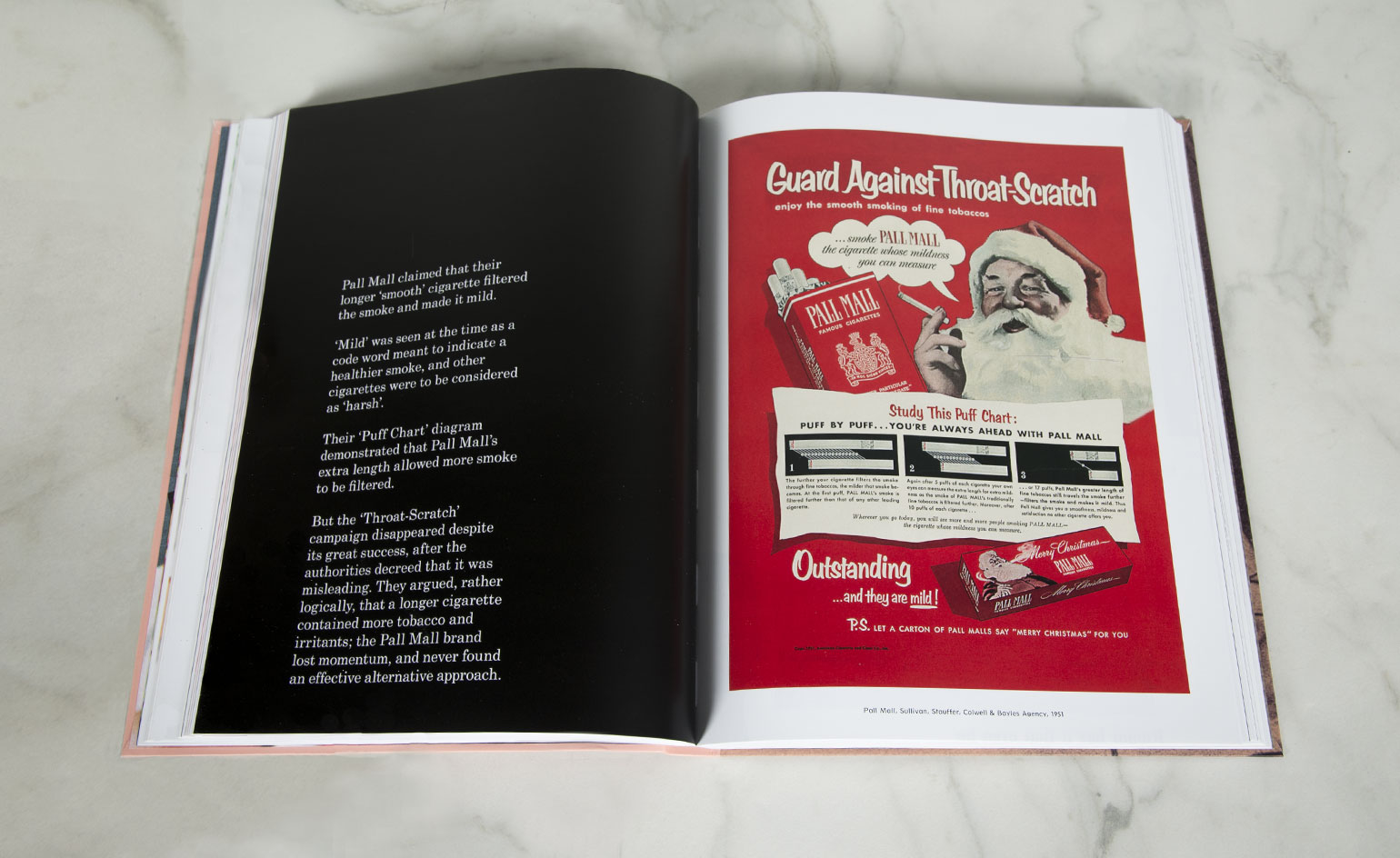
Pictured: Pall Mall, Sullivan, Staugger, Cowell & Bayles Agency, 1951
The second chapter explores laughably bold cigarette adverts; for example, Pall Mall's claim that their longer 'smooth' cigarette were healthier are they filtered out the harsh chemicals.
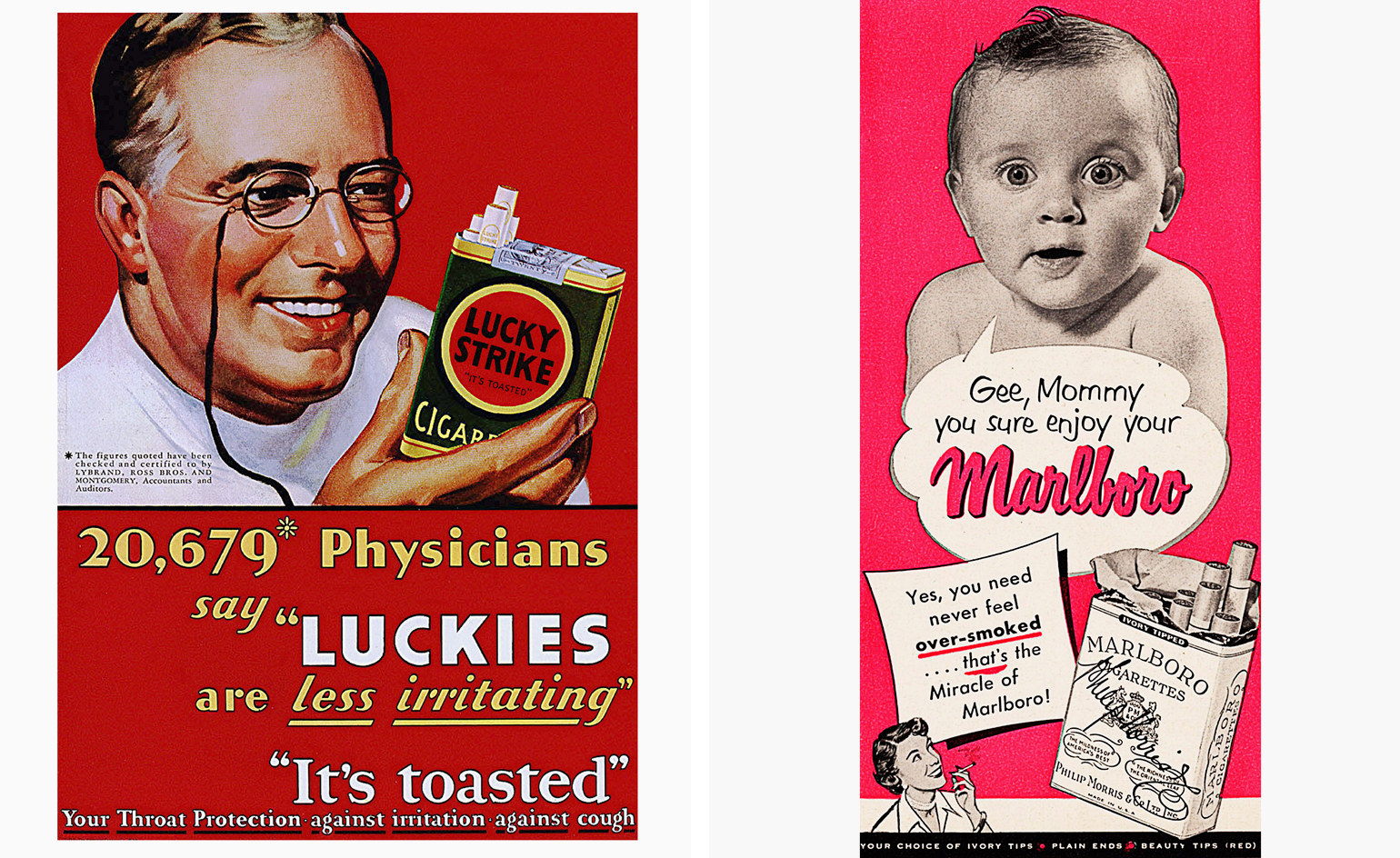
Pictured left: Lucky Strike, Lord, Thomas & Logan Agency, 1930. Right: Marlboro, Milton Biow Agency, 1951
Children were often used by Marlboro to promote smoking as a family activity.
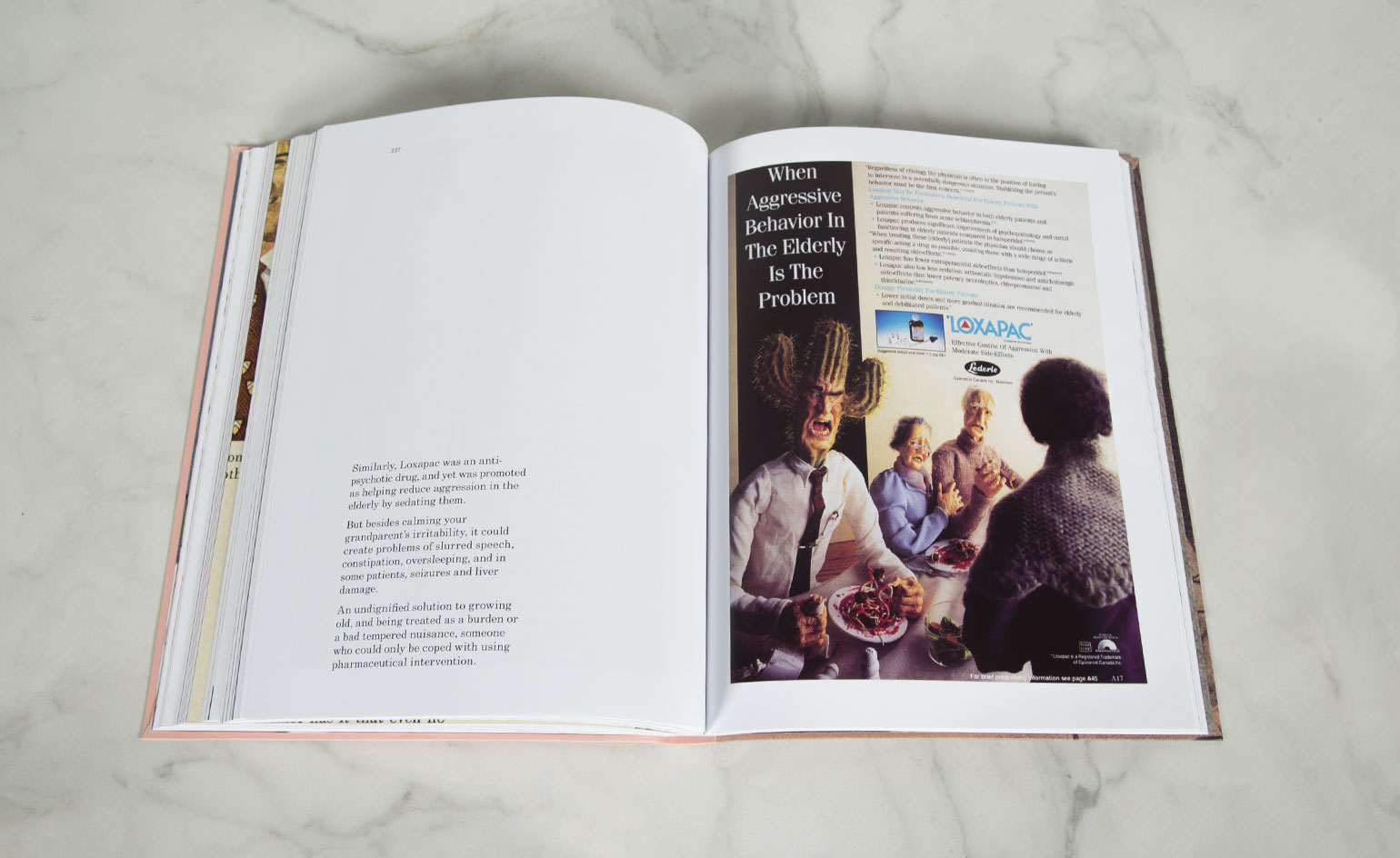
The 'Prozac Nation' chapter studies the misleading advertising of the medicine industry. Pictured is an ad for the anti-psychotic drug Loxopac, promoted to help reduce aggression in the elderly by sedating them
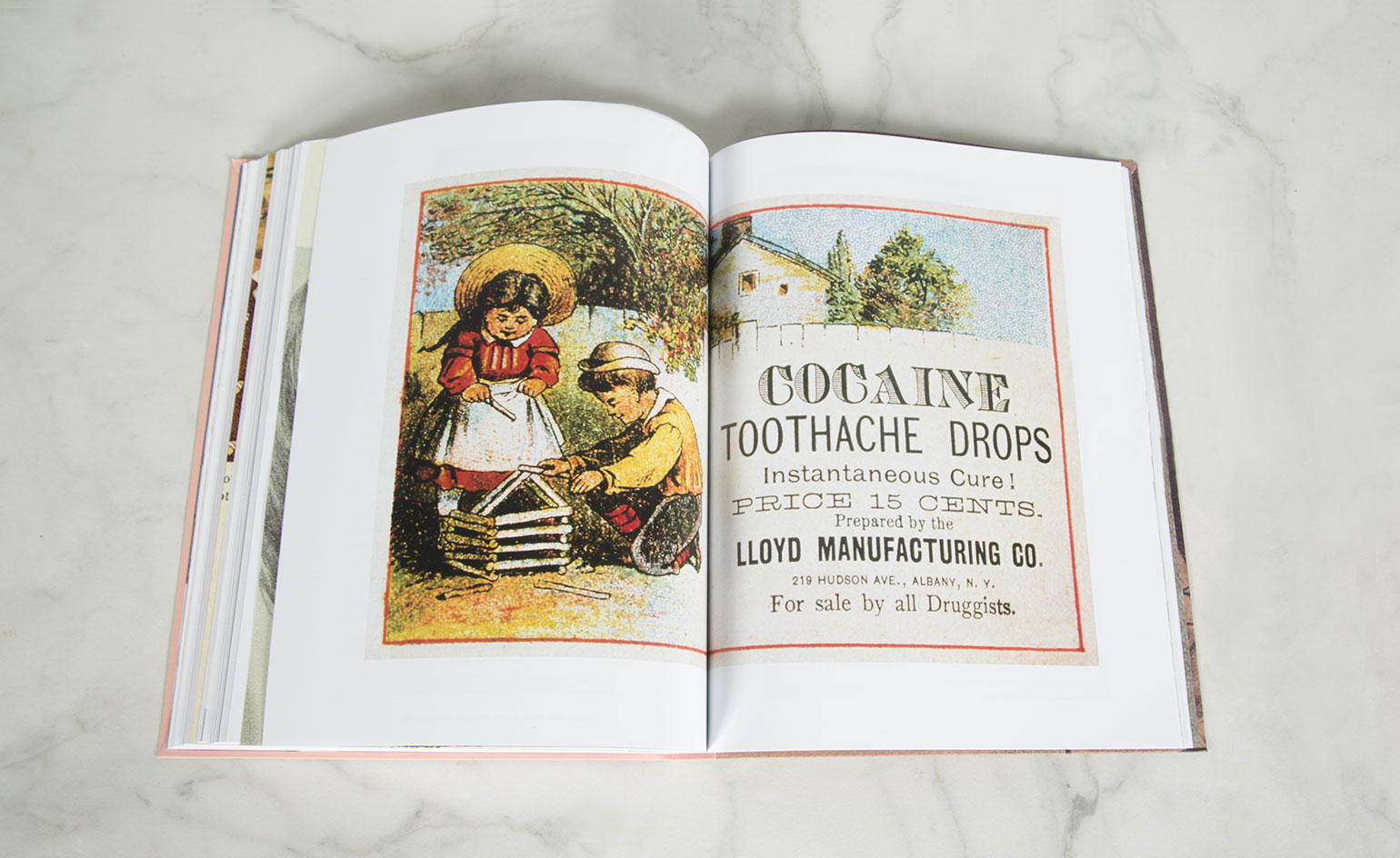
US firearms manufacturer Iver Johnson advertised cocaine as a 'new anaesthetic' that was an 'instantaneous cure' for toothache
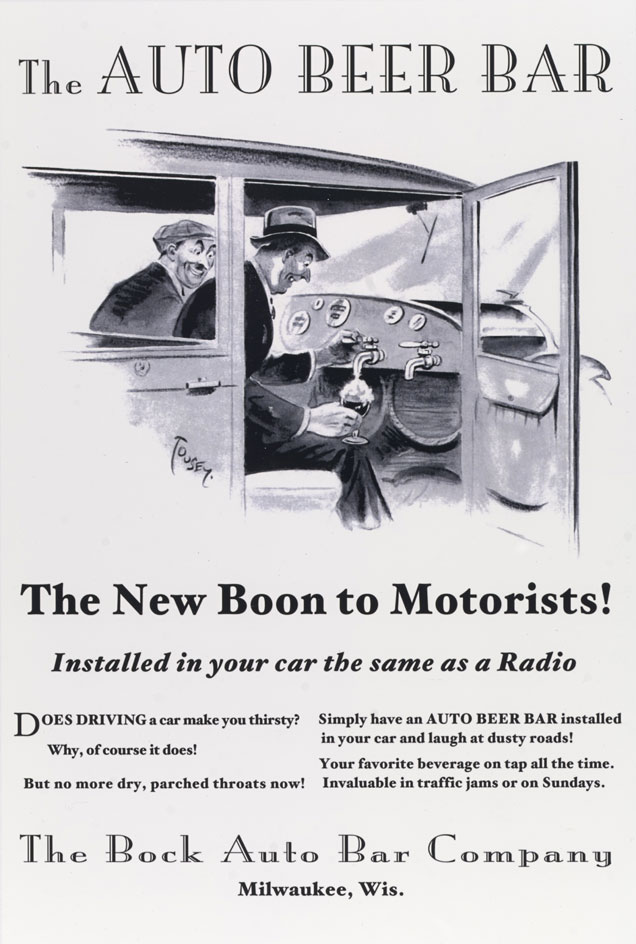
This incredulous campaign was designed to promote a beer dispenser accessory for your car
INFORMATION
Beyond Belief, by Charles Saatchi, £25, published by Booth-Clibborn Editions. For more information, visit the publisher’s website
Receive our daily digest of inspiration, escapism and design stories from around the world direct to your inbox.
Jonathan Bell has written for Wallpaper* magazine since 1999, covering everything from architecture and transport design to books, tech and graphic design. He is now the magazine’s Transport and Technology Editor. Jonathan has written and edited 15 books, including Concept Car Design, 21st Century House, and The New Modern House. He is also the host of Wallpaper’s first podcast.
-
 Dining at Motorino: the 'young and playful' London restaurant with all the right ingredients
Dining at Motorino: the 'young and playful' London restaurant with all the right ingredientsThe newest restaurant from Stevie Parle and Luke Ahearne is sleek in design and menu, finds Ben McCormack
-
 Victorinox and La Marzocco’s new multifunctional barista tool turns coffee into a craft
Victorinox and La Marzocco’s new multifunctional barista tool turns coffee into a craftItalian coffee meets Swiss engineering as Victorinox and La Marzocco partner on the Barista Tool designed to assist coffee making for professional or home baristas
-
 Inside Paul Smith’s magical Christmas takeover of London’s Royal Opera House
Inside Paul Smith’s magical Christmas takeover of London’s Royal Opera HousePaul Smith has conceived the Christmas tree for fellow Covent Garden institution the Royal Opera House as a ‘peek behind the curtains’, with decorations inspired by a theatre’s backstage
-
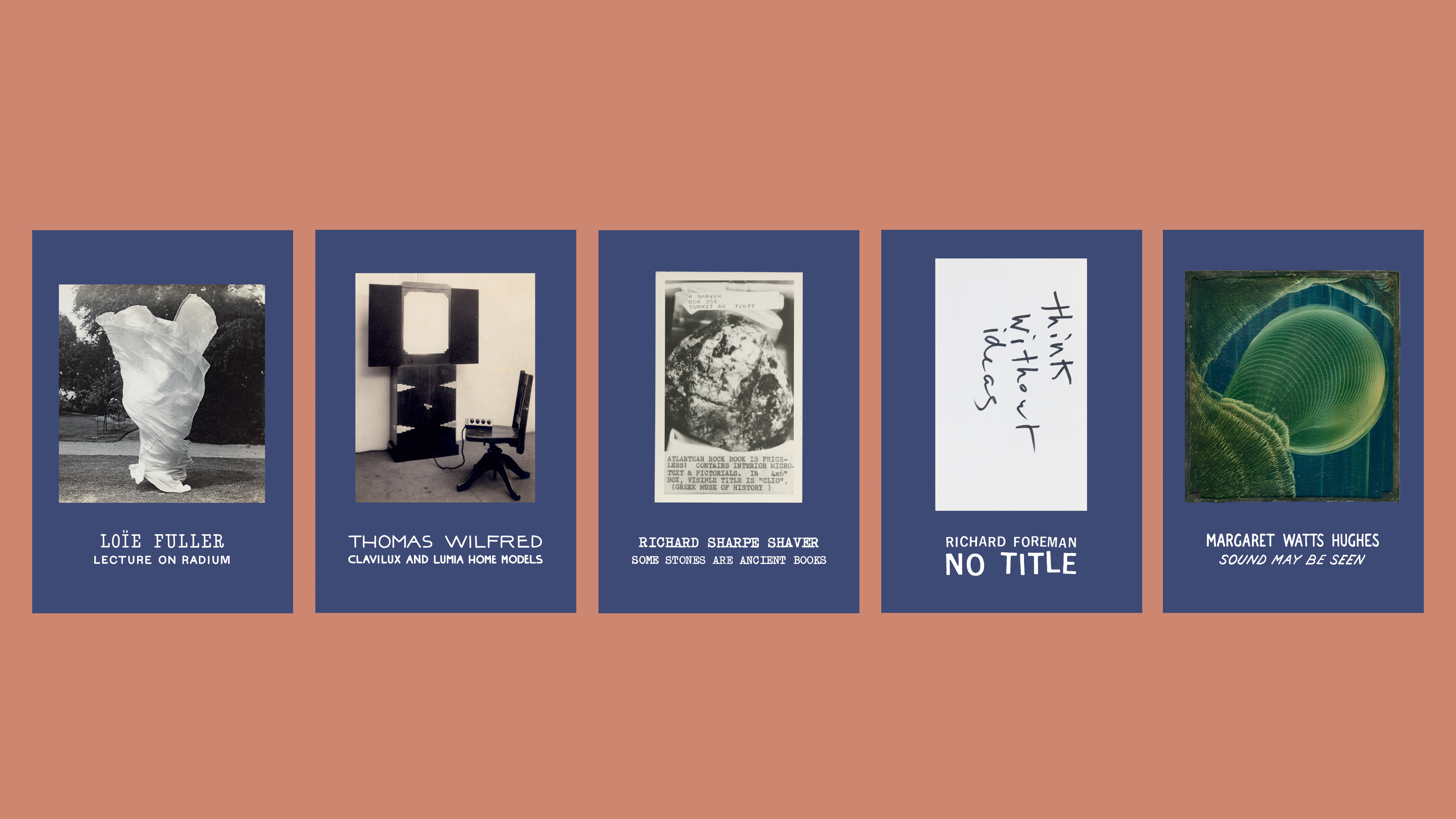 The Further Reading Library is a new collection of esoteric art and design books
The Further Reading Library is a new collection of esoteric art and design booksCollating the forgotten histories of left-field creatives, this new publishing imprint reveals hitherto unseen artistic experiments from the past
-
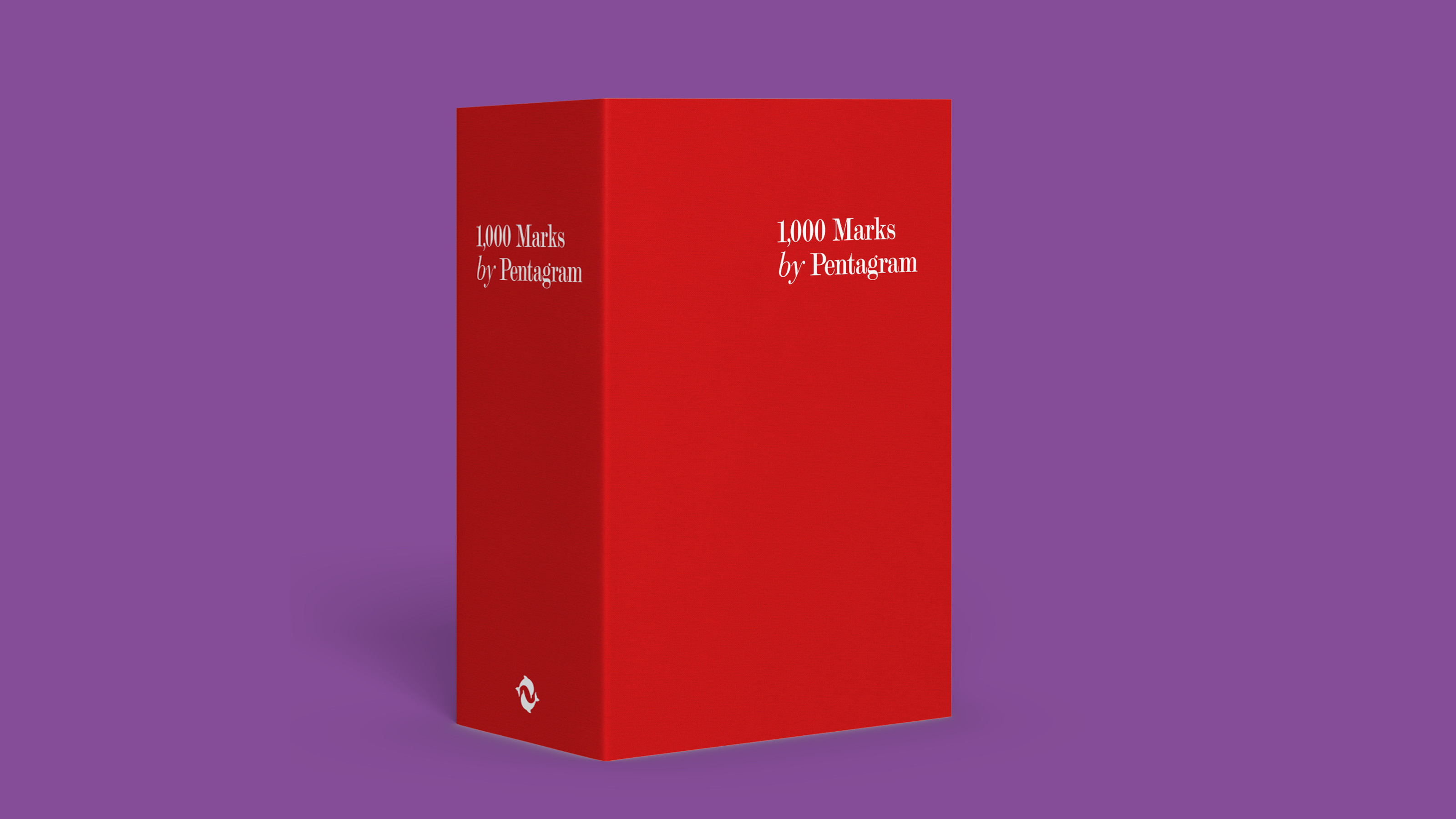 Two new books examine the art of the logo, from corporate coherence to rock excess
Two new books examine the art of the logo, from corporate coherence to rock excessPentagram’s new book reveals 1,000 brand marks, while the art of the band logo is laid bare in Logo Rhythm
-
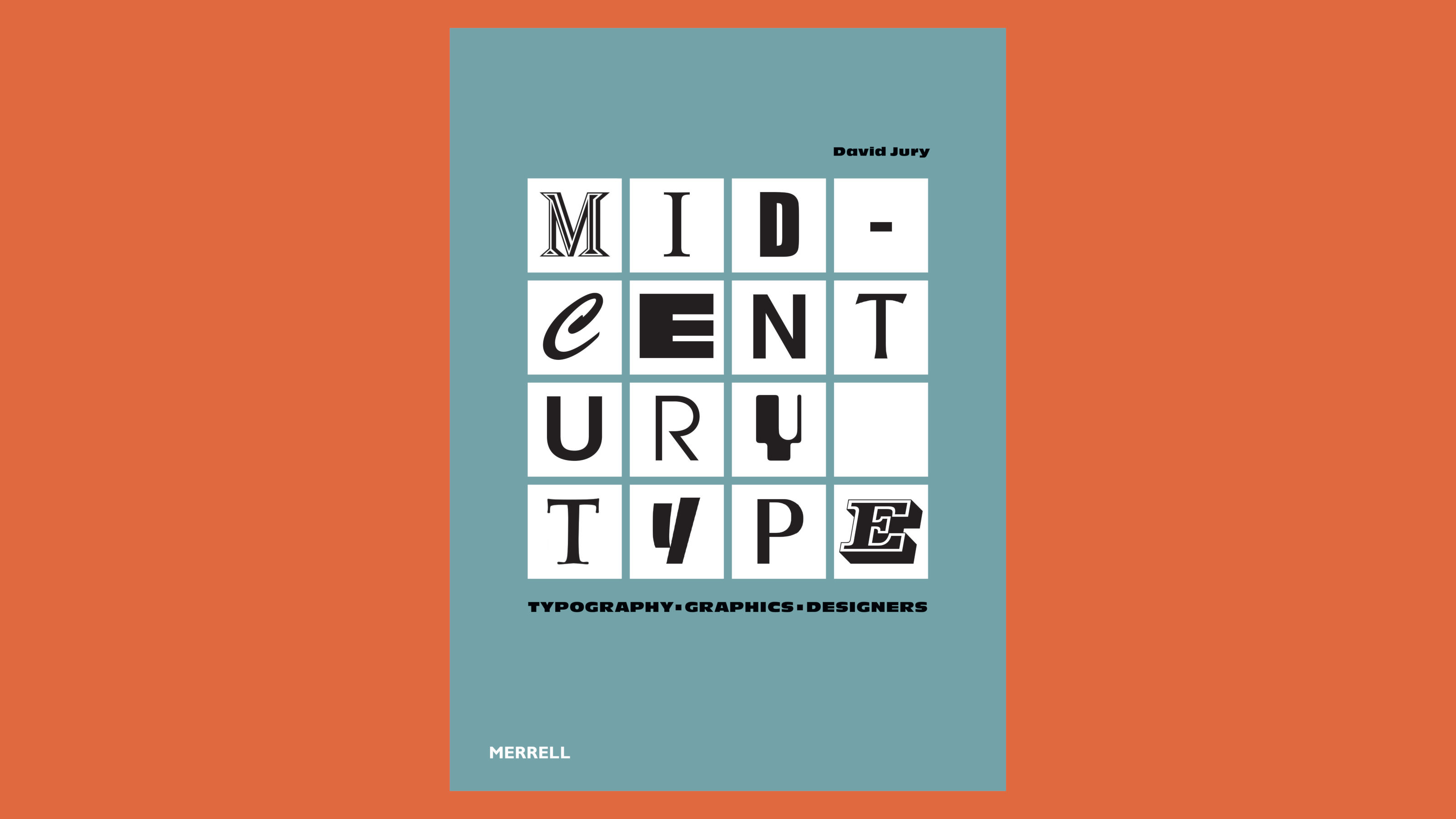 ‘Mid-Century Type’ surveys the best graphic design from 1945 to 1965
‘Mid-Century Type’ surveys the best graphic design from 1945 to 1965This must-have manual of post-war graphic design tracks the evolution of midcentury visual culture and the people and studios that shaped it
-
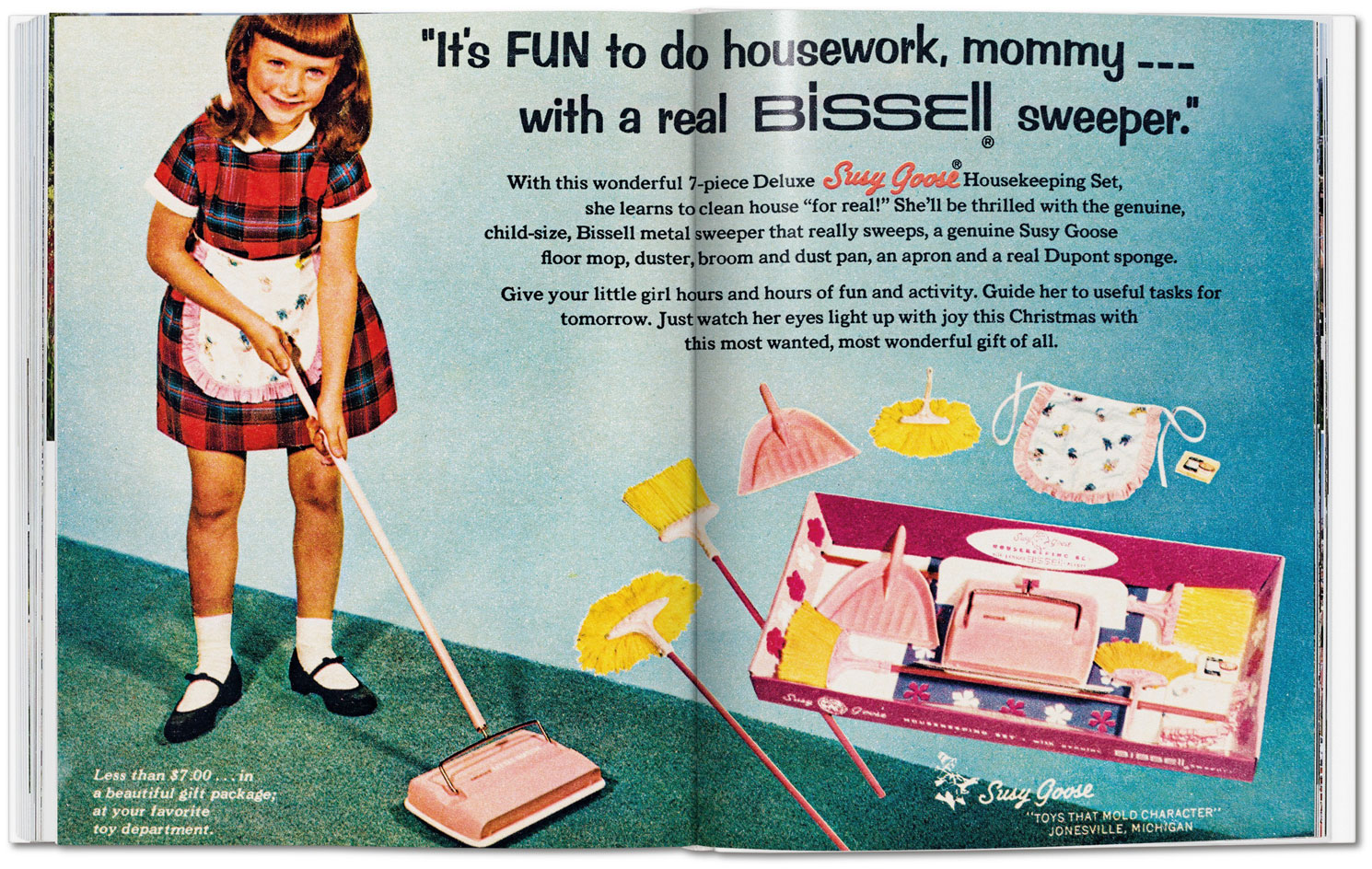 A century of all-American toy advertising in pictures
A century of all-American toy advertising in picturesA new Taschen book chronicles the 20th-century toy advertising boom in America, recounting how compelling visual storytelling sparked a consumer revolution